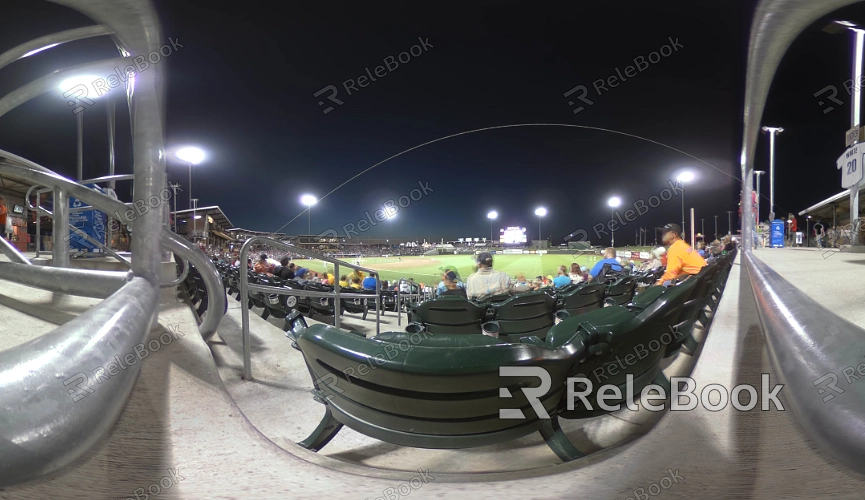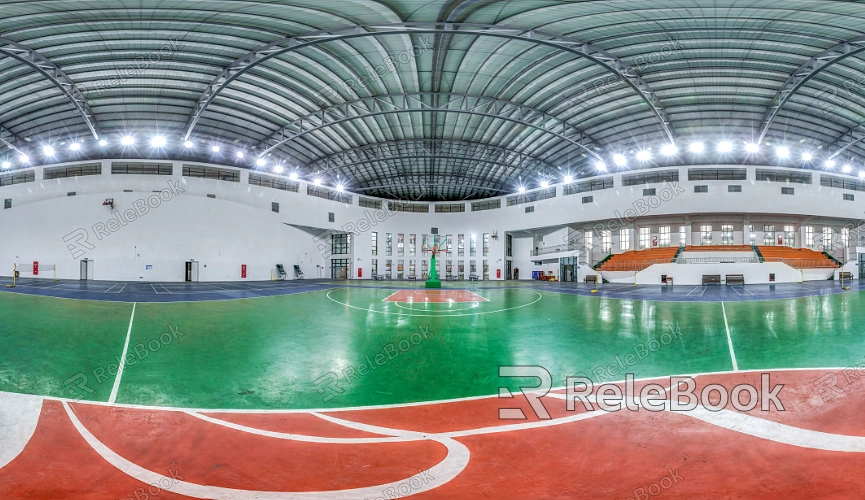What Common Mistakes Should I Avoid When Using Stadium Light HDR Texture?
In 3D modeling and rendering, stadium light HDR textures are commonly used to depict dynamic scenes such as sports events, concerts, or large gatherings. These textures not only provide high-quality lighting effects but also enhance the realism and atmosphere of the scene. However, designers may encounter common mistakes when using stadium light HDR textures that can negatively impact the final result. Here, we will explore several key mistakes to avoid when utilizing this type of texture.

1.Insufficient Understanding of HDR Texture Characteristics
Many designers fail to grasp the essential features of HDR textures before using them. HDR (High Dynamic Range) textures can capture a wider range of lighting, including highlights and shadows. Without a solid understanding of these properties, the lighting effects may become uneven or distorted. Therefore, it's crucial to spend time learning the basics of HDR textures before starting a project.
2.Neglecting Lighting Adjustments
After importing the stadium light HDR texture, adjusting the lighting settings is a critical step. Ignoring this aspect can lead to flawed rendering outcomes. For instance, failing to properly adjust the intensity or angle of the lights can make the scene appear unnatural. Designers should incrementally tweak the lighting settings based on the scene's needs to ensure optimal results.
3.Improper Texture Mapping
When mapping HDR textures onto models, designers must pay attention to the scale and orientation of the texture. Incorrect mapping can result in visual distortion, negatively affecting overall quality. It’s essential to ensure that the texture is proportionate to the model and to carefully check the orientation to avoid unnecessary artifacts.
4.Overreliance on Default Settings
Many 3D software applications, such as Blender, 3ds Max, and Maya, come with default HDR texture settings. However, relying too heavily on these presets may not meet the specific requirements of a given project. Each scene is unique, and designers should make adjustments based on the context instead of simply using the software's built-in options.
5.Ignoring the Use of Ambient Light
Stadium light HDR textures can serve as both primary light sources and supplementary ambient light. Many designers focus solely on direct lighting, neglecting the role of ambient light. This oversight can result in certain areas of the scene appearing too dim or lacking depth. Effectively using ambient light can enhance the scene’s dimensionality and detail.

6.Failing to Check Real-Time Rendering Effects
After setting up and adjusting HDR textures, it’s important for designers to review the real-time rendering effects. Skipping this step can lead to missing vital details and adjustments during the rendering process. Regularly checking real-time previews can help identify issues and allow for timely modifications.
7.Underutilizing Post-Processing
Once rendering is complete, many designers overlook the importance of post-processing. Post-processing can enhance lighting effects, contrast, and colors, making the final result more appealing. Utilizing post-processing software like Adobe After Effects or Nuke to fine-tune rendered results can significantly improve visual quality.
8.Not Optimizing Rendering Settings
Optimizing rendering settings is essential for achieving high-quality output. Designers should ensure they are using appropriate resolution and anti-aliasing settings to achieve clear images. Failing to optimize these settings can result in blurry final outputs, detracting from visual quality.
By examining these common mistakes, designers can enhance their use of stadium light HDR textures. These insights not only improve rendering results but also help designers complete projects more efficiently. If you’re searching for high-quality HDR texture resources or other 3D design materials, consider visiting Relebook, where you’ll find a wealth of resources to help you achieve outstanding visual results in your projects.

